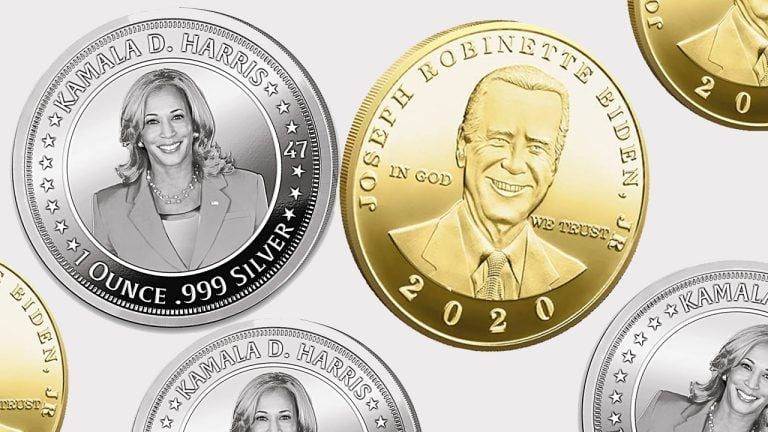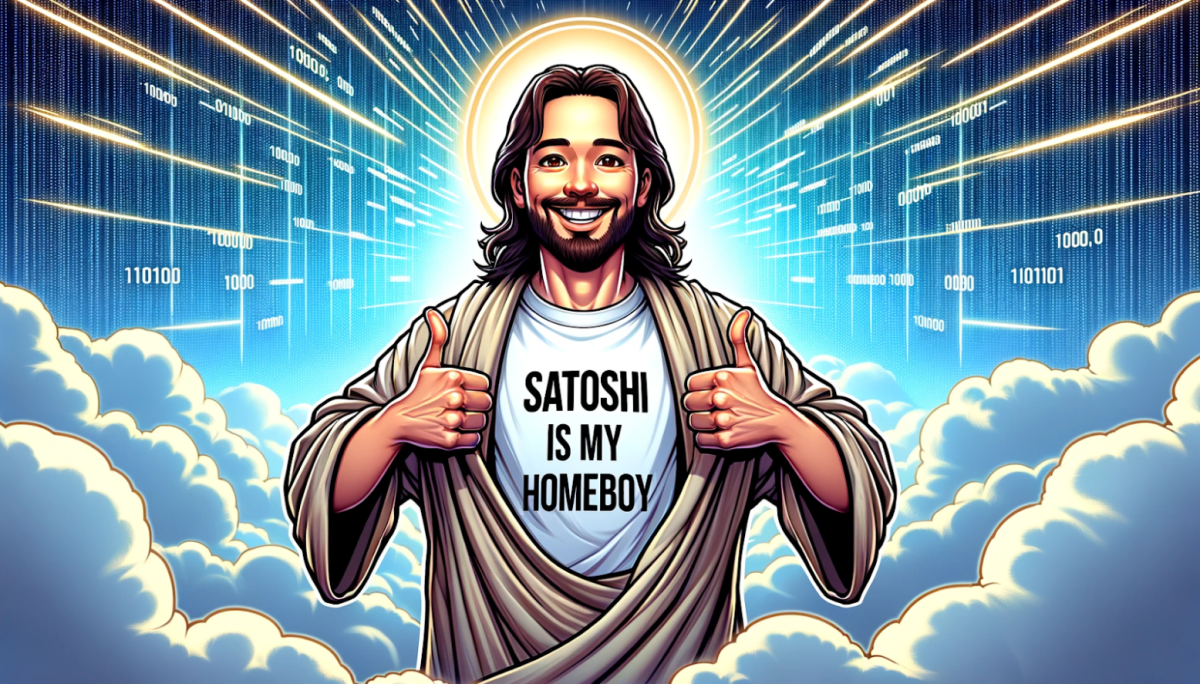Back in the late ’90s, the marketing for The Blair Witch Project wasn’t just clever—it was groundbreaking. The filmmakers leaned heavily into the found-footage gimmick, claiming the events were real. They even created a fake website and planted rumors online, turning this low-budget movie into a viral sensation before the term “viral marketing” was even a thing. For audiences walking into theaters, the line between reality and fiction had never been blurrier. This wasn’t just a movie; it was an event.
At the time, the internet was still in its awkward teen years, and the film’s clever use of online buzz felt revolutionary. People weren’t just watching The Blair Witch Project; they were buying into it. Was the footage real? Did three filmmakers actually disappear in the Maryland woods? The questions fueled endless debates and skyrocketed interest, making it a cultural juggernaut.
Creating a viral legacy, Source: Artisan Entertainment
Found Footage: The Legacy of Shaky CamerasLove it or hate it, The Blair Witch Project made shaky, handheld footage a legitimate film style. While the “found footage” genre existed before (Cannibal Holocaust, anyone?), Blair Witch popularized it and made it synonymous with low-budget horror. It inspired countless imitators—Paranormal Activity, Cloverfield, and REC owe their entire existence to this groundbreaking flick.
But what made Blair Witch truly terrifying wasn’t the shaky cam itself but the power of suggestion. The film never shows you the witch. Instead, it forces your imagination to fill in the blanks. That tent-shaking scene? Bone-chilling. The final shot in the abandoned house? Straight-up nightmare fuel. In an era where modern horror often spoon-feeds its scares, Blair Witch’s restraint feels like a masterclass in tension.
Fast forward 25 years, and The Blair Witch Project is returning to theaters in a remastered edition, complete with 4K visuals and a pristine sound mix. Finally, audiences will see the film as directors Daniel Myrick and Eduardo Sánchez intended—crisply capturing every panicked glance and whispered argument. Some purists might argue that the grainy, lo-fi aesthetic was part of the charm, but there’s something undeniably exciting about experiencing the film in its full, restored glory. It’s like rediscovering an old Polaroid that’s been perfectly preserved.
Grainy and raw and definitely shaky, Source: Artisan Entertainment
Why We’re Still ObsessedSo why does The Blair Witch Project still have such a chokehold on pop culture? Part of its staying power lies in its simplicity. The plot is painfully straightforward: three filmmakers head into the woods to make a documentary, and things go horribly wrong. But underneath that simplicity is a primal fear—the terror of being lost, the unease of the unknown, and the paranoia that something is watching you.
Moreover, the film taps into a collective fear of folklore. Everyone has heard spooky campfire stories, but Blair Witch took that idea and ran with it, creating a mythos so convincing it felt real. It is horror boiled down to its essence: minimal setup, maximum dread.
Watching The Blair Witch Project in 1999 was a completely different experience than watching it in 2024. Back then, the found-footage format felt raw and experimental. Today, it’s a well-worn trope. Yet the film manages to hold up, perhaps because it doesn’t rely on gimmicks alone. It’s a story about fear, group dynamics, and the slow unraveling of sanity—timeless themes that resonate just as much today.
But there’s also something meta about revisiting this film in a world dominated by GPS, smartphones, and Reddit forums. Could modern-day filmmakers even get lost in the woods anymore? The technology gap adds a layer of nostalgia, reminding us of a time when being “off the grid” wasn’t a choice but a reality.
Blurring the lines, Source: Artisan Entertainment
The Witch Is EternalWhat’s perhaps most fascinating about The Blair Witch Project is its enduring cultural impact. The titular witch has become a horror icon without ever appearing on screen. Think about that for a second—no costume, no makeup, no jump scare. Just whispers in the dark and piles of rocks. That’s power.
The film’s rerelease is a reminder that horror doesn’t need flashy effects or elaborate plots. Sometimes, all it takes is a good story, believable characters, and the courage to trust your audience to fill in the blanks.
As The Blair Witch Project returns for its 25th anniversary, it’s clear the film has cemented its place in movie history. It’s the little indie that could, proving that with creativity, passion, and a little internet buzz, you can scare the pants off an entire generation. Will the remastered version be as terrifying as the original? Only time—and audience screams—will tell.
One thing’s for sure: whether you saw it in 1999 or you’re experiencing it for the first time in 2024, The Blair Witch Project is proof that sometimes, the simplest stories leave the biggest impact.
















